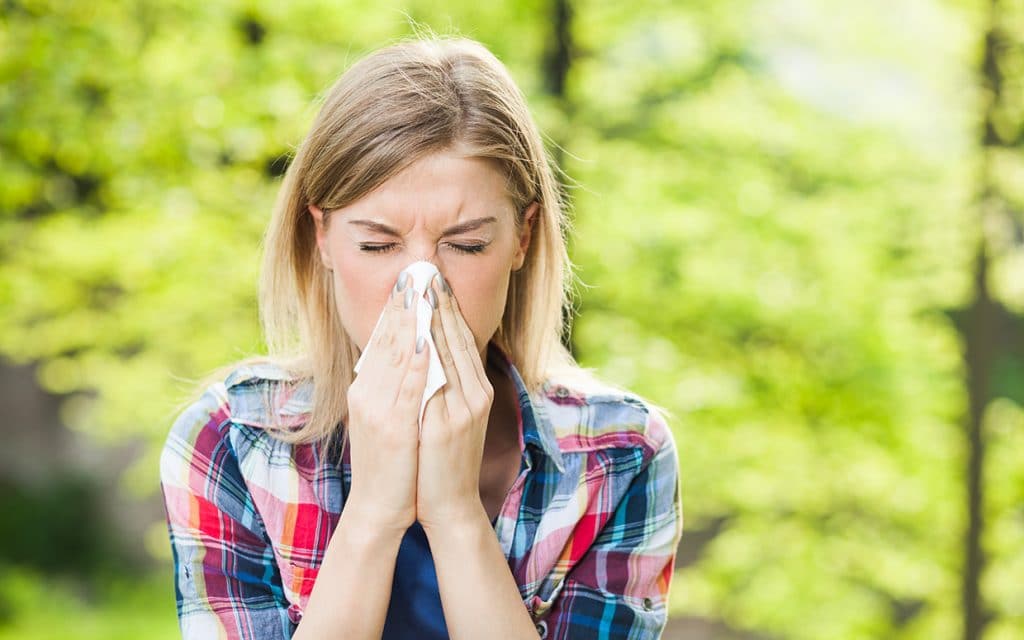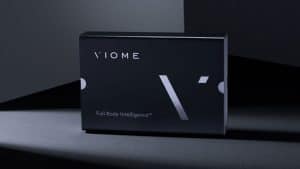As if we didn’t have enough contend with, here comes the dreaded spring allergies. No one likes sneezing, coughing and red, itchy eyes–myself included–but there are steps you can take to combat allergies beyond buying your annual tissue stock.
Get your pollen exposure down
Pesky pollen is what is causing you to sneeze all over the place. To limit your pollen exposure, start getting more clothes that are made of natural fabrics, such as cotton. Synthetic fabrics produce that electric charge, which attracts pollen and makes it stick to you! If you like to exercise outdoors, do it when pollen counts are lower–before dawn, late afternoon or early evening. For intense workouts, try to stay indoors because breathing more means inhaling even more pollen.
If you’re into gardening, wear a mask and gloves. Be sure to wear that mask properly, covering your mouth and nose. Don’t touch your eyes when you garden, and change your clothes and take a shower as soon as you’re done.
Improve indoor air quality so you can lessen your exposure to indoor allergens, too. Vacuum regularly with a HEPA filter vacuum, leave your shoes by the door so you don’t track pollen into the house, and use an air purifier with a HEPA filter.
Try some natural remedies
Some natural herbs and vitamins may provide allergy relief. A plate of hot buffalo wings has probably already informed you that some hot things can help ease congestion naturally. In fact, in a 2009 study, a nasal spray with the hot pepper component capsaicin was found to ease spring allergy symptoms in study participants (https://www.reuters.com/article/us-hay-fever/hot-pepper-nose-spray-relieves-hay-fever-idUSTRE51G5GQ20090217).
Vitamin C is another one of nature’s answers to allergies. It actually prevents the formation of histamine, which is the organic compound that your body releases in response to an allergen and the source of your symptoms.
Reach for the neti pot
A small pot that resembles the teapot, the neti pot has been used for years to cleanse sinuses of irritants, including your allergies. With a simple combination of iodide-free, preservative-free salt and water, you use the pot to pour some water into one nostril, allowing it to flow right out of the other. Always use boiled, filter, distilled or sterilized water in your pot and never tap water, as the water from your faucet could be contaminated.
Don’t suffer your allergies in sneeze-punctuated silence. Try the steps above to get ahead of your allergies and take back springtime!




